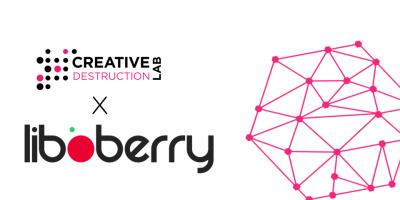The Title
The main goal of writing an article is for it to be read. The title of your article is the first — and, in most circumstances, the last — thing a prospective reader sees. A hundred or so people would have read your Title to help them determine whether to continue reading your text with any person who reads at least a small portion of it. As a result, taking the time to properly craft the Title is worthwhile.
It serves two purposes: to entice other scholars to read your paper and to provide the most accurate information to aid electronic search systems in finding your paper quickly.
Creating a title should also be more than just giving the reader a rough idea of the general area in which the work was done. It serves two purposes: to entice other scholars to read your paper and to provide the most accurate information to aid electronic search systems in finding your paper quickly. Creating a title should also be more than just giving the reader a rough idea of the general area in which the work was done.
Let’s not be deceived: you are competing for the reader’s precious reading time on the journal’s Contents page for any single writer who has an article in the current issue. You must create something that is not only factually accurate, and moreover stands out from the many other names on the contents page or in a list of search results.
The most popular one is possibly stereotyped: the effect of A on B (or The influence of A on B). A title like this provides no motivation for the reader to find out more spontaneously. Even worse, what happened doesn’t tell you. ‘A’ could have impacted (or affected) ‘B,’ or it may have not modified it at all.
How irritating it is to read a paper in which the title declares that something is meant to affect something else but the document demonstrates that there was no effect in the end.
Other titles can contain more information, but is it information that is important?
The key concern is whether this is material that would entice a potential reader to look further. It is a part of the technique, but the results are a big secret.
If the article’s main point was to demonstrate that this technique is a novel and thrilling approach to researching Peabody’s disease, then this title might be appropriate.
If, however, this is not the case, then the writers have squandered a golden chance to market their paper. In short, titles that keep the contents of the paper hidden and mean that you won’t find out until you read on totally skip the point.
You should do even more than this, and here is a series of tips to help you create Titles that fulfill the dual purposes of persuading prospective readers to read more of your article and ensuring that search engines find your article as relevant keywords are entered.
- Choose your keywords carefully for your paper (most editors ask you to do this anyway).
- Ranking these words in order of priority; if you were to summarise your article in one word, your first keyword will be it!
- Create the title by integrating all of the keywords and attempting to place them in their rank order as similarly as possible.
This takes advantage of the principle that the reader perceives the words in a Title that appear first to be more significant than those that appear later.
- When the title is too long, eliminate the least relevant keywords first, but just don’t discard them; you’ll use them later to fill up the Keyword portion.
Keep in mind your title contains as much of the science news that your article will discuss as possible.
At first glance, you might think that this is unveiling the story too much and that readers would be less inclined to continue reading if they know what’s coming. The exact opposite is true.
For starters, a single short title will only show the most general detail. What you do reveal, most importantly, starts the critical role of building the readers’ expectations and presenting a context within which they will be better able to grasp and remember the specifics of your paper. They are much less likely to continue reading if they do not have hope.











